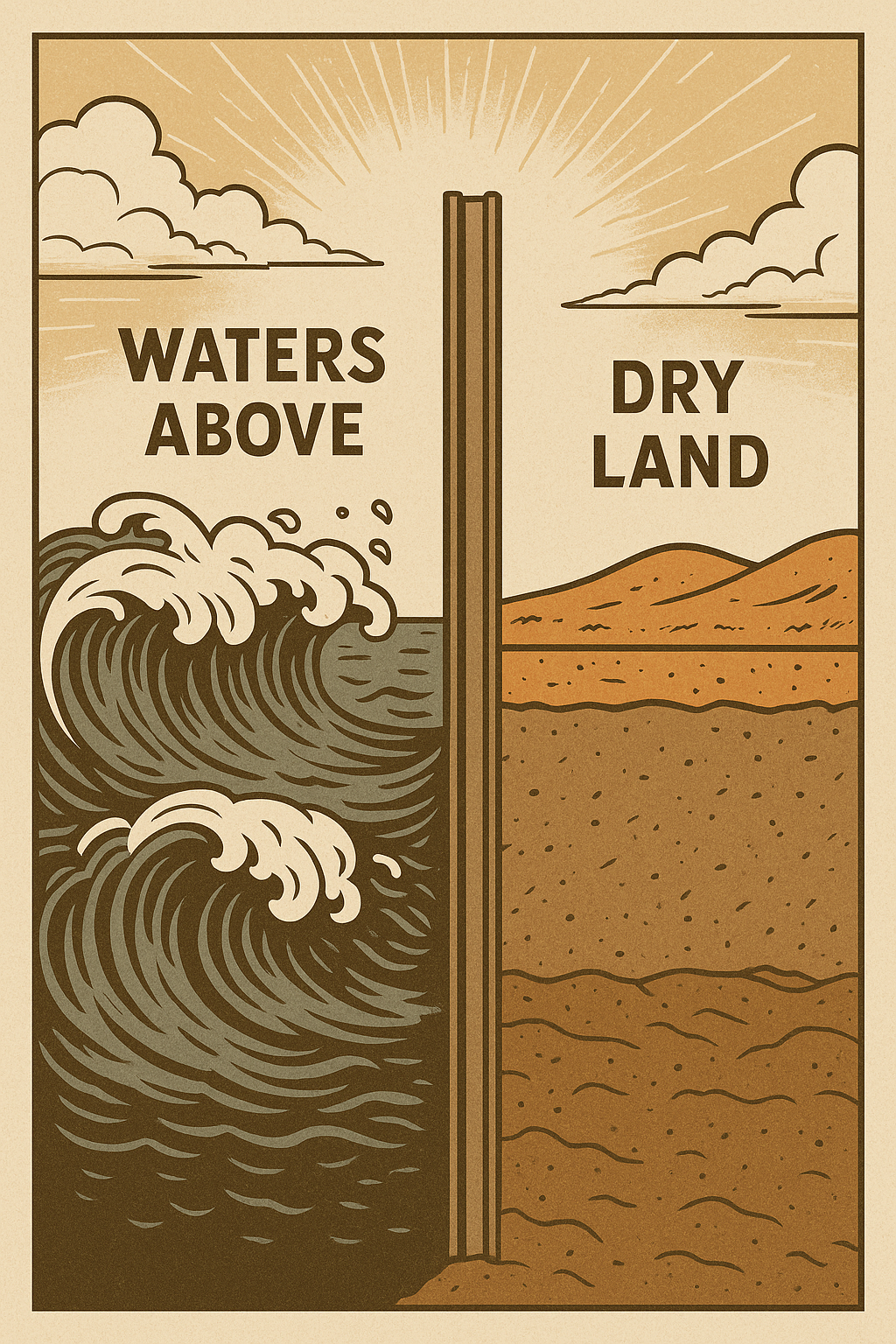Let’s begin with a thought exercise. Think of three things most people would consider undeniably unique:
- A fingerprint
- A snowflake
- The human voice
Why are they considered unique?
- No two are exactly the same, even among billions.
- They retain distinct traits despite appearing ordinary.
- They have roles or functions tied closely to identity and purpose.
According to the Oxford Dictionary, something unique is “being the only one of its kind; unlike anything else.” Which brings us to soil. Is it unique? Let’s explore together.
Soil, So Ordinary, Yet So Surprising: Soil. It’s what we walk on, build upon, sometimes brush off without a second thought. But pause for a moment. Is soil really ordinary, or is it quietly remarkable? I won’t answer that just yet. I’ll simply share three truths about soil and let you decide. But before we go there, here’s a challenge:
Are you unique? Most of us would say yes, but could you give three clear reasons why? Don’t worry if you paused there. Let’s get into it and maybe soil will help you find an answer.
Three Lessons from the Ground Up
1. Soil is Born from Breaking Down: Soil is formed through weathering: the slow, patient breakdown of rock over time. Wind, water, temperature, and organisms grind massive stone into humble particles. Breaking down doesn’t mean destruction. It means transformation. In engineering, we value this process because it reveals soil’s origin, strength, and behavior. What was once a mountain now holds up cities.
2. Soil Remembers Its Past: Soil has memory. It “remembers” the maximum stress it has ever experienced. This is known in geotechnical engineering as preconsolidation pressure. It builds strength and stiffness from its past so that future loads don’t overwhelm it. Soil learns from pressure. It doesn’t forget. It adapts. This memory isn’t a weakness, it’s a strength.
3. Soil Works as a Team: Unlike concrete or steel, which require added binders to stay together, soil particles: gravel, sand, silt, and clay, form natural structures. Each type plays a role:
- Gravel adds strength and resists shearing.
- Clay fills gaps and limits water flow.
- Sand and silt act as buffers, balancing behavior.
No single particle does it all. Yet, together, they support skyscrapers and railways. This unbound, uncelebrated collaboration is what makes soil a quiet hero of civil engineering.
Soil’s Life Lessons: These facts don’t just teach us about soil, they teach us about ourselves.
- Weathering & Growth: Like soil, we grow through life’s friction and struggle. Hardships don’t destroy us, they refine us.
- Memory & Wisdom: Just as soil builds stiffness from stress, we build character from challenges. What we endure shapes our future strength.
- Teamwork & Humility: Every part matters. Greatness isn’t always flashy. Even unseen contributions (like clay stopping water flow) can be critical.
What’s Underneath Truly Matters: So, is soil unique? It is formed by hardship, shaped by memory, and strengthened by teamwork. Not unlike us. In a world where uniqueness often means standing out, soil reminds us that quiet significance can be even more powerful.
Reflection: Like soil, we may be overlooked. But when we weather storms, remember our past, and collaborate in humility, we become foundations others can build on.


